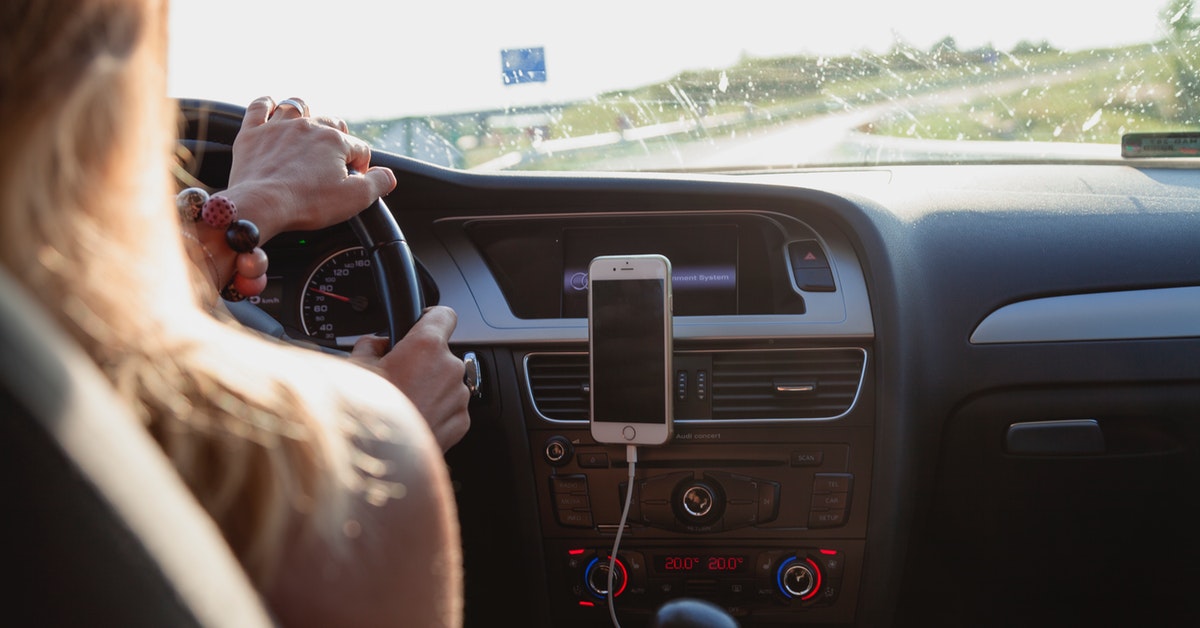
How to Use Traditional Media to Amplify Your Digital Campaign
Digital advertising is an essential part of the marketing mix and according to eMarketer, will surpass traditional media spending this year. This really isn’t news to anyone. Digital dollars can be tracked and attributed to specific conversions and are much easier to figure ROI for brands. It’s the dream of any planner to point to a medium and say “X” tactic brought in sales, conversions, enrollments, whatever the objective may be.
All the while, more traditional media tactics are struggling to remain relevant and maintain their advertising revenue. Although, some direct-to-consumer brands, like Peloton, increased their TV budgets in 2018, and even promoted the strengths of using television in ad campaign with Viacom. Terrestrial radio reaches more adults 18+ than any other medium (Nielsen) and out of home is projected to outperform other traditional media by 5%. In fact, all primary types of out-of-home (OOH) executions (street furniture, billboards, transit and place-based placements) saw increases in 2018. OOH is expected to top $30 billion by 2021 (Magna Intelligence Forecast).
Taking a closer look at OOH
There has been an evolution of OOH products that allow marketers new ways to track their audiences and attribute sales to these placements. We now have the capability to use anonymous mobile data to establish the driving routes of our audiences. This data paired with insights from sources like the Census, DOT and credit card data, allow a marketer to build a profile of habits and routines that enable planners to build a more effective and efficient OOH buy. OOH is everywhere and difficult to ignore. Buys coupled with proximity to locations can lead to a powerful impact at storefronts. A recent study compared two campaigns, one with OOH and one without. The campaign with OOH saw a 40% increase in ROI for search over the one without (Benchmarketing OAAA). Additionally, Nielsen reports that 66% of US travelers took action on their smartphone after seeing an OOH ad.
OOH has also become integrated with social media plans using user generated content. For example, Apple received user generated content for it’s ‘Shot on iPhone’ campaign and NBC used it prior to the launch of the new season of ‘This is Us’ displaying a ‘This is Real’ collage of pictures from real moments in peoples’ lives in Time’s Square (OAAA Special Report). According to Nielsen, one in four consumers will post an OOH execution to Instagram and consumers are 48% more likely to click a mobile ad after being exposed to the same message on OOH execution.
We use digital tactics because they are affective and trackable. We know where users are spending time and money. Just like reaching our audience on digital or social media, we can reach them throughout their day, at the grocery store, the gym, the movie theater or on their commute. OOH is unavoidable, we can’t skip or block ads. The important thing is knowing who the audience is, what the objectives are, and building an integrated marketing mix where a variety of mediums amplify and complement each other.
Read more about how to plan for your marketing mix this year here.








